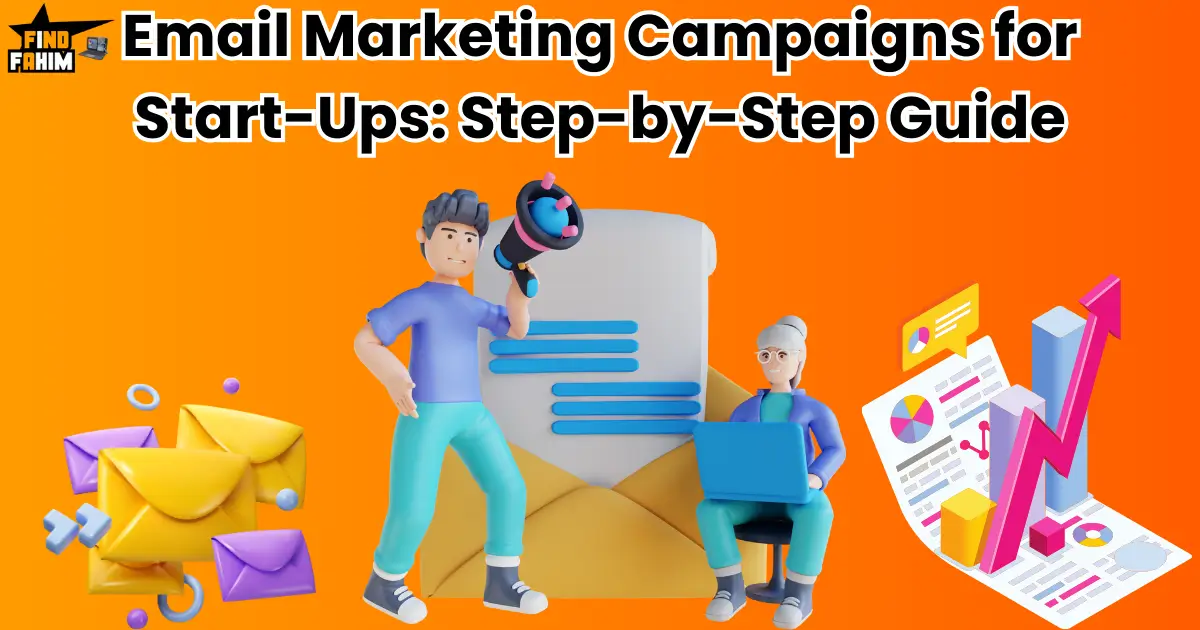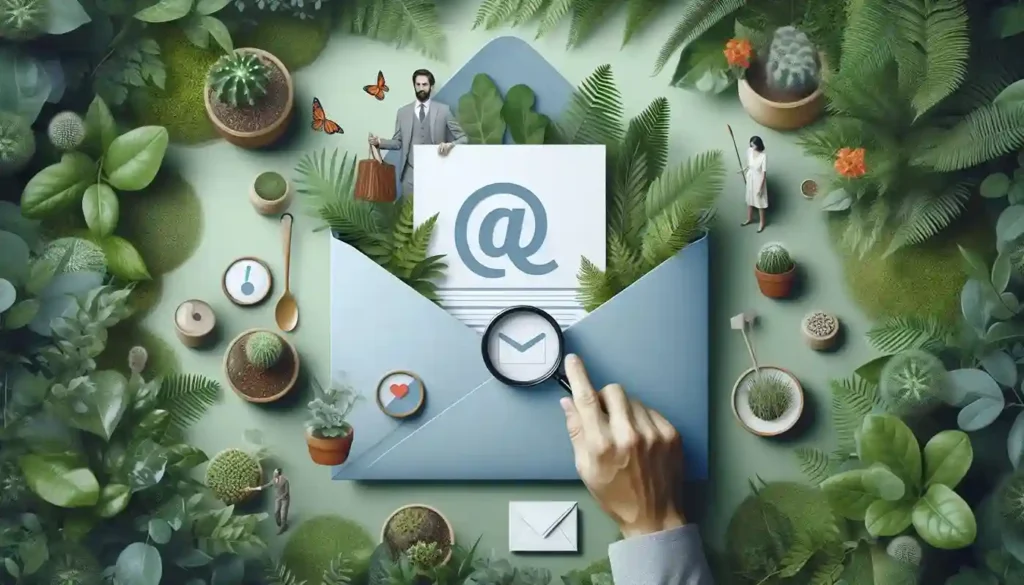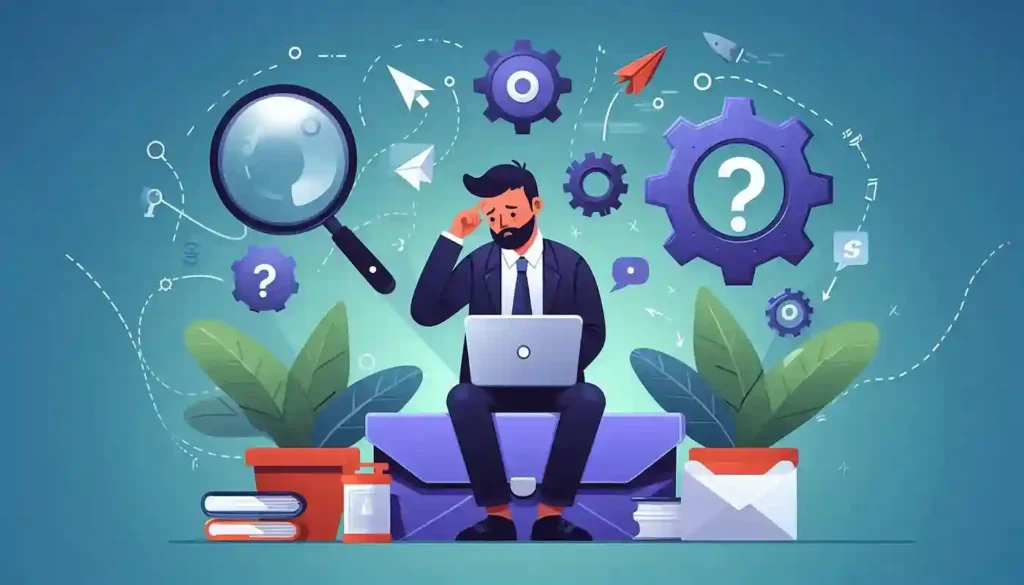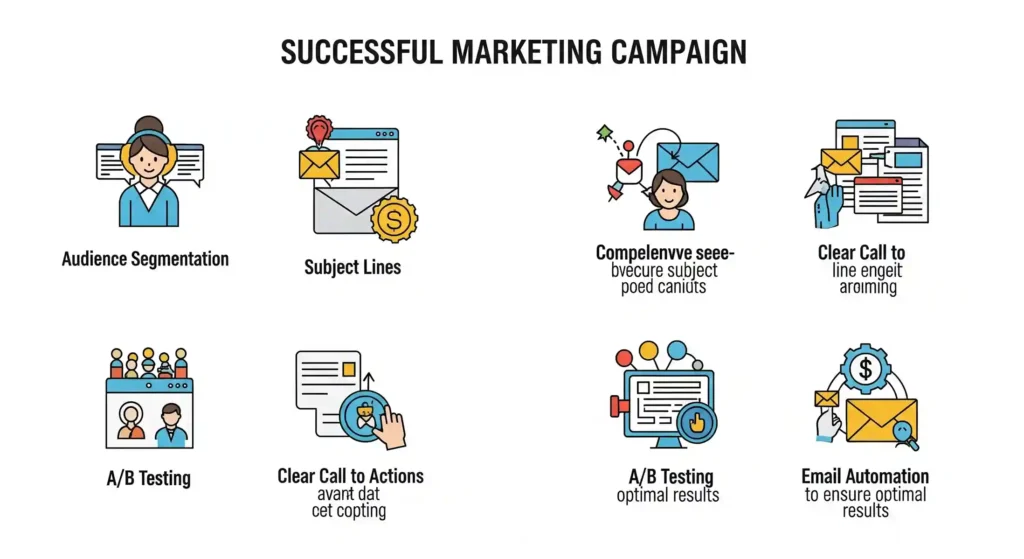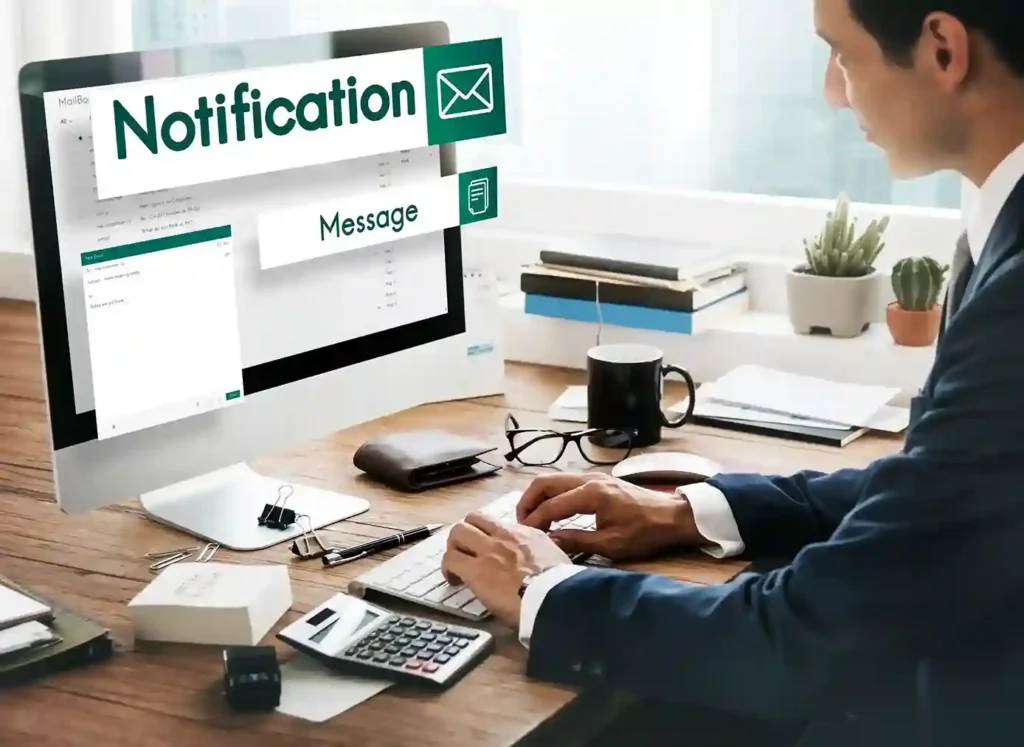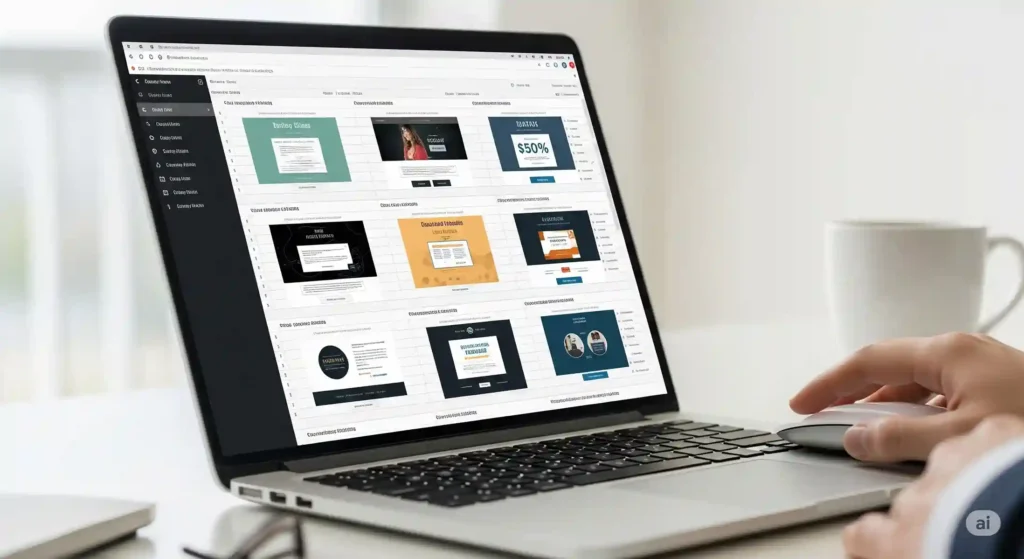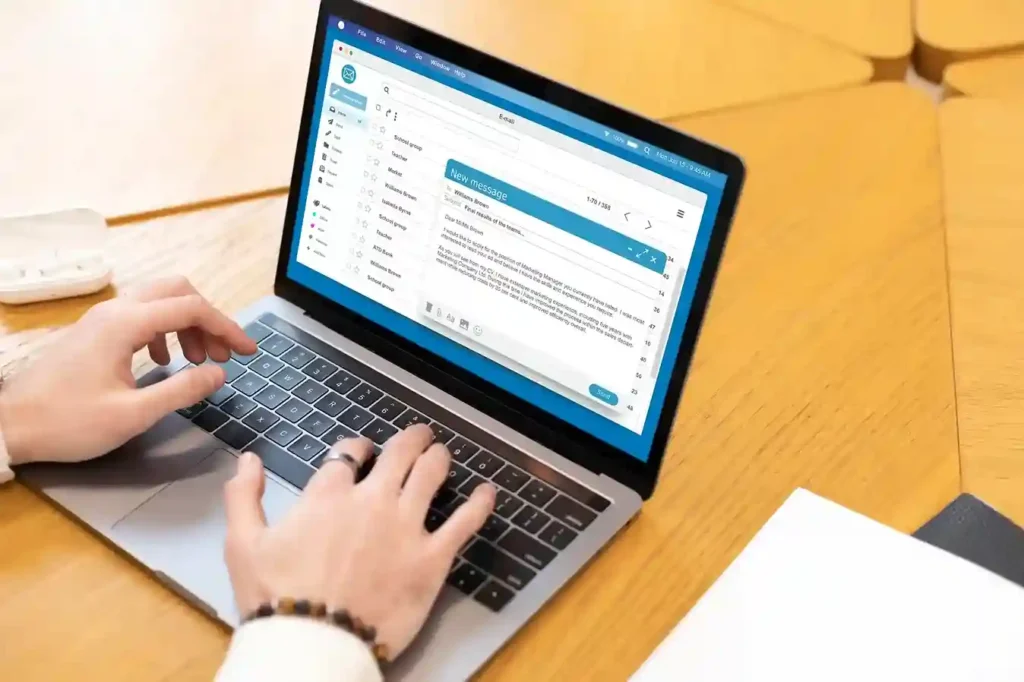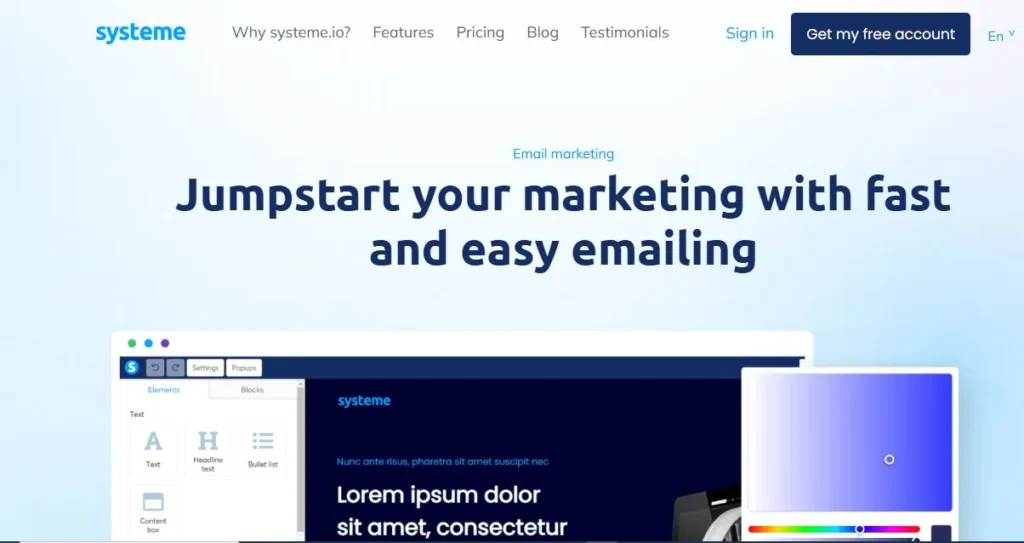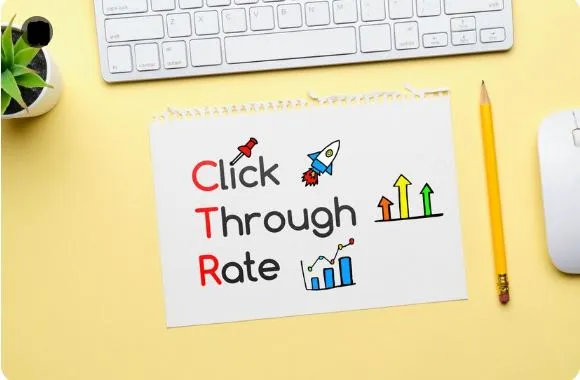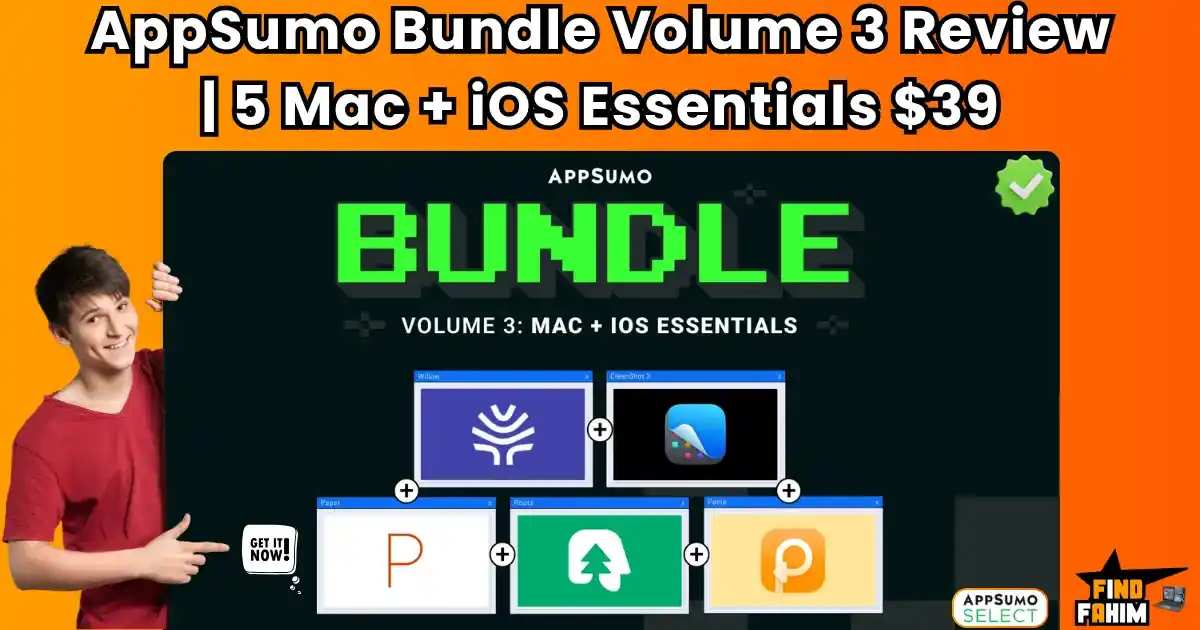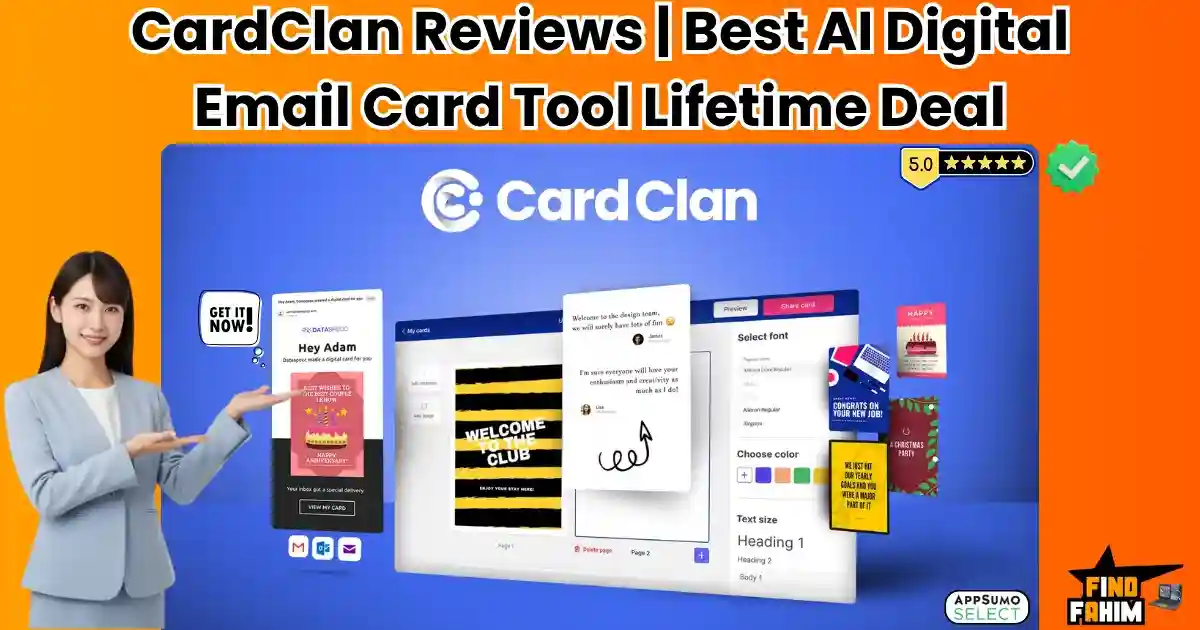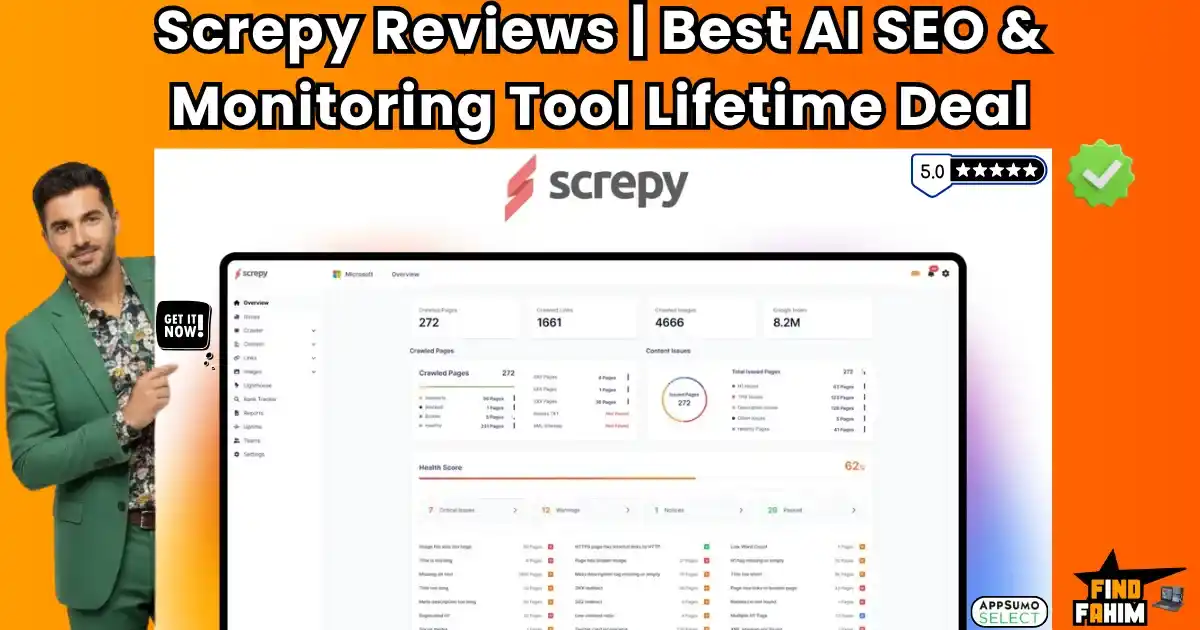I’ve reviewed many email marketing tools and worked closely on email campaigns for my agency and for digital marketing clients, including small businesses and eCommerce brands, tech start-ups, freelancers, and even solo founders.
So in this guide, I’m not just giving you theory. I’m walking you through what works in the real world, tested by me and used by people like you.
If you’re building a start-up and wondering how to use email marketing effectively (without wasting money or sounding like a spammer), keep reading. This could save you months of guesswork.
Table of Contents
ToggleIntroduction – Why Email Marketing Campaigns for Start-Ups Matter
Launching a start-up is no joke.
You’re juggling 10 things at once—tight budget, limited exposure, no in-house marketing team, and pressure to generate revenue fast. Most early-stage founders don’t have the luxury of paid ads, fancy branding, or massive influencer campaigns.
That’s where email marketing shines.
Why? Because email is still the #1 highest ROI marketing channel.
- It’s direct.
- It’s personal.
- It’s owned media—you control it.
- It’s affordable and scalable.
Studies show email delivers an average ROI of $36 for every $1 spent—something no other channel comes close to. For start-ups, this means real traction without burning cash.
This step-by-step guide is designed just for you:
- Beginner-friendly (no fluff, no jargon)
- Real-world tested with clients and campaigns that worked.
- Optimized for 2025 and beyond
Let’s dive in.
Email Marketing Campaigns for Start-Ups
What they are and how they differ from big brand campaigns
Email campaigns for start-ups aren’t about fancy visuals or brand prestige. You don’t need a design team or a million-dollar list.
Instead, you need:
- Smart strategy
- Laser-focused messaging
- And a clear goal per campaign
Unlike big brands, your goal isn’t just engagement or brand awareness. You need results—sign-ups, demos, sales, funding, partnerships, and more.
Why personalization and automation are key
Your audience doesn’t want to feel like they’re on a list. They want to feel like you wrote that email just for them.
That’s why personalization + automation is a game-changer.
With the right tools (like Systeme.io, MailerLite, or ConvertKit), you can:
- Tag subscribers based on interest
- Send personalized follow-ups automatically.
- Nurture leads without doing everything manually.
And guess what? You don’t need to know how to code.
Common goals for start-up email campaigns
Let’s be real—your campaign should do one of these:
- Grow your list: Turn cold visitors into subscribers
- Nurture leads: Build trust with new sign-ups
- Drive conversions: Sell your product, book a demo, close deals
- Retain customers: Upsell, get reviews, or reduce churn.
Every email should be tied to one of these goals. If it’s not, rethink why you’re sending it.
Email Marketing for Startups
Benefits: cost-effective, measurable, scalable
Email marketing isn’t just effective—it’s built for the start-up hustle.
- Cost-effective: Most tools have generous free plans.
- Trackable: Open rates, clicks, conversions—you know what’s working
- Scalable: Start with 10 people, scale to 10,000+ without rebuilding your funnel
You’re not at the mercy of social media algorithms or ad spend.
Early-stage vs growth-stage needs
At different stages, email does different jobs.
| Stage | Email Focus |
| Pre-launch | Build a waitlist, tease your product |
| Early-stage | Educate, build trust, and validate ideas |
| Growth-stage | Upsell, onboard, reduce churn, automate sales |
Your messaging and frequency will evolve. But the core principles stay the same: deliver value, stay human, and always guide people to the next step.
Examples of successful startup email campaigns
Here are 3 real examples I’ve seen work:
- A productivity SaaS offered a “Founders-only discount” via email that generated 200+ paid users in 2 weeks
- A freelance web designer built an email list from Twitter and sold $3,000 in packages using 3-part email storytelling.
- An eCommerce founder launched a waitlist that grew to 1,000+ subscribers pre-launch using a giveaway and email drip.
None of these campaigns used paid ads. Just smart emails, good timing, and a clear call to action.
What Are the Key Components of a Successful Email Marketing Campaign?
Let’s break down what makes a good email campaign work, especially for start-ups.
Clear Goal & Audience Targeting
Before writing anything, answer this:
- What do you want the reader to do? (Download, sign up, reply?)
- Who are you speaking to? (New visitors? Paid customers? Leads?)
Your goal defines your structure. Your audience defines your tone.
Compelling Subject Line
This is your email’s first impression.
Great subject lines are:
- Short (under 45 characters)
- Specific (no clickbait)
- Curiosity-inducing (makes them want to open)
Examples:
- “Early-access just for you”
- “You’re invited – beta users wanted”
- “This tool helped us 3X sign-ups in 30 days.”
Test 2–3 subject lines per campaign to see which clicks.
Value-Driven Email Body
Once they open, you need to deliver real value in your email body.
Tips:
- Start with a hook or problem
- Offer a solution (your product, offer, idea)
- Make it about them, not you.
- Keep it skimmable with short paragraphs and bullet points.
Always write like a human. No jargon, no walls of text.
Strong CTA
What’s the one action you want them to take?
- Book a call
- Join the waitlist
- Buy the product
- Watch a demo
Make the CTA obvious, repeated, and clear. Use buttons or bolded links. Don’t hide it.
Follow-Up Sequence
One email isn’t enough.
Use email sequences to follow up automatically, such as:
- Welcome series (3–5 emails over a week)
- Abandoned cart series (for eCommerce)
- Onboarding drip (for SaaS or services)
This builds trust and gently nudges people toward action, without being pushy.
Types of Email Marketing Campaigns
As a start-up, not all emails serve the same purpose. Depending on where your subscribers are in the journey—new sign-ups, engaged leads, or lapsed users—you’ll want to use different campaign types to nurture, convert, and retain them.
Let’s go through the five most essential types of email campaigns you need in your start-up toolkit:
Welcome Series
The welcome series is the first impression you make after someone joins your list.
It should:
- Introduce who you are
- Reassure them they’re in the right place.
- Set expectations for what’s coming.
- Deliver a freebie, offer, or first value touchpoint.
Example sequence:
- Welcome + brand intro
- Your backstory or mission
- Useful resource or case study
- CTA to take the next step (trial, book call, etc.)
Start strong—your open rates will never be higher than in your welcome emails.
Product Announcements
These emails are perfect for:
- New product launches
- Feature update
- Beta invites
- Upcoming releases
Make sure to:
- Focus on benefits, not just features
- Include screenshots or quick demos.
- Use urgency or exclusivity (e.g., “Early access for our top users”)
Don’t just drop the news—explain why it matters to your user.
Newsletters
Newsletters keep your list warm, engaged, and educated.
You can share:
- Tips, tools, and insights relevant to your niche
- Blog highlights
- Customer stories
- Behind-the-scenes updates
Tip: Don’t make your newsletter all about you. Make it about the value your reader gets.
Abandoned Cart Recovery
If you run an eCommerce or SaaS product with a checkout flow, abandoned cart emails are a must.
Stats show that nearly 70% of carts are abandoned, but a well-timed email can recover 10%–15% of those.
Include:
- A reminder of the product
- Benefits or social proof
- Scarcity (“only 3 left!”) or urgency (“cart expires in 12 hours”)
- A clear CTA to complete the purchase
Win-Back / Reactivation Emails
Have subscribers gone cold? Win them back.
Use reactivation emails to:
- Reintroduce your value
- Offer a special deal or bonus.
- Ask if they still want to hear from you.
Example subject: “Still interested in [product]?”
Sometimes, cleaning your list by removing unengaged subscribers is better for deliverability. But always give them a chance first.
How to Check Competitors’ Email Marketing Campaigns
You don’t need to reinvent the wheel. See what your competitors are doing, then do it better. Here’s how to ethically spy and learn:
Use Tools Like MailCharts, SimilarWeb, and BuiltWith
- MailCharts: Gives you insights into your competitors’ email sequences and seasonal campaigns
- SimilarWeb: See their top traffic sources and possible lead magnets
- BuiltWith: See which email software they’re using (e.g., Klaviyo, ActiveCampaign, etc.)
This helps you reverse-engineer what’s working.
Subscribe to Their Newsletters
Simple but powerful.
Create a dedicated email account and sign up for 10–15 competitors in your niche. Watch:
- What they send
- When they send
- How they write
- What CTAs do they use?
You’ll quickly notice patterns—and gaps you can fill.
Analyze Frequency, Tone, Offers, and Funnel Steps
Don’t just read their emails—study them.
Ask:
- How often do they email? Daily? Weekly?
- Do they sound corporate or conversational?
- Are they pushing discounts, webinars, or community?
- Do they use multi-step funnels or one-shot offers?
All of this helps you map out your email marketing playbook.
How to Segment Your Email List for Targeted Campaigns
One of the biggest mistakes start-ups make? Sending the same email to everyone.
Segmentation allows you to send the right message to the right person at the right time—and it drastically improves open and conversion rates.
Based on Demographics, Behavior, or Engagement
Here are common ways to segment:
- Demographics: Age, gender, location, industry, etc.
- Behavior: What they clicked, downloaded, and visited
- Engagement: Active users vs inactive users
- Purchase history: First-time buyers vs VIPs
This way, someone who just joined won’t get the same message as someone who’s been on your list for 6 months.
Use Tags and Automation Triggers
Tags are labels you assign to users.
Examples:
- “Downloaded eBook”
- “Attended Webinar”
- “Clicked Pricing Page”
Once tagged, you can set up automations like:
- If tagged “Clicked Demo CTA,” send a follow-up email in 2 days
- If inactive for 30 days, send a reactivation campaign.
Tools like ConvertKit, MailerLite, and Systeme.io make this easy—no coding needed.
Tools That Make Segmentation Easier
Here are beginner-friendly tools that support powerful segmentation:
| Tool | Best For |
| Systeme.io | All-in-one starter automation |
| MailerLite | Clean tagging & workflows |
| ConvertKit | Creators and info products |
| ActiveCampaign | Advanced behavioral segmentation |
Start simple. Even basic tags like “customer” vs “lead” can go a long way.
How to Write Compelling Email Copy That Converts
Writing good emails isn’t about sounding professional. It’s about sounding human and guiding the reader to action.
Storytelling and Emotional Triggers
People buy based on emotion, then justify with logic.
So tell a mini-story:
- A customer success moment
- Your founder’s backstory
- A relatable problem you solve
Use emotions like hope, fear, relief, or desire.
Example:
“Three months ago, Sarah had 0 subscribers. Today, she has 1,200—and her first paying client.”
FOMO, Urgency, Social Proof
These psychological triggers make people act now:
- FOMO: “Only 20 seats left for our beta group.”
- Urgency: “Cart closes in 6 hours”
- Social Proof: “Join 5,000+ founders using this tool.”
Stack them together for max impact—but don’t overdo it. Be authentic.
CTA Placement and Clarity
Your CTA (Call-to-Action) should:
- It is easy to spot (use buttons or bolded text)
- Be clear (“Start Free Trial,” “Get the Guide,” “Book Your Call”)
- Be repeated 2–3x if the email is long.
Don’t confuse people with too many CTAs. Stick to one clear action per email.
What Are the Best Practices for Crafting Engaging Email Subject Lines?
Your subject line determines whether someone opens your email or ignores it forever. Here’s how to get it right.
Personalization, Emojis (Sparingly), Questions
- Use the reader’s name when possible
- Add 1 emoji to catch the eye (but not more)
- Use open-ended or curiosity-based questions.
Examples:
- “[Name], quick question about your landing page.”
- “Is this costing you new customers?”
- “Limited seats for founders only”
Power Words and Curiosity
Power words create emotion or urgency:
- “Secrets,” “Instant,” “Free,” “Exclusive,” “Proven,” “Struggle,” “Boost,” “Hacks”
Curiosity gets clicks:
- “You’re missing out on this trend…”
- “This strategy got us 347 leads in 5 days.”
Use a mix—but avoid spammy words like “Buy now!!!” or “100% FREE”
5 Good vs 5 Bad Subject Line Examples
| ✅ Good Subject Lines | ❌ Bad Subject Lines |
| “New tool that helped us 10X sign-ups” | “Click this now!!!” |
| “Need help with your sales funnel?” | “READ THIS NOW!” |
| “Your 7-day email growth plan (Free)” | “You won’t believe what happened…” |
| “3 hacks to boost conversions fast” | “Hi, this is our monthly newsletter.” |
| “Still interested in [product name]?” | “Our latest update is here.” |
How to Design Mobile-Friendly Emails That Engage Readers
Over 60% of emails are opened on mobile devices—yet many startups still design for desktops first. If your emails aren’t optimized for mobile, you’re leaving clicks (and cash) on the table.
Here’s how to make sure every email looks good and works well on any device:
Responsive Templates
Use responsive email templates that automatically adjust layout, text size, and images for different screen sizes.
Most modern email platforms—like Systeme.io, MailerLite, and ConvertKit—offer these by default.
Best practices:
- Use single-column layouts
- Set image widths to 100% (auto-scale)
- Use mobile previews before hitting send.
Short Paragraphs and Big CTAs
Small screens = shorter attention spans.
Stick to:
- Short paragraphs (2–3 lines max)
- Bullet points to break up info.
- Large CTA buttons that are easy to tap with a thumb
Example CTA:
[Start My Free Trial]
Put CTAs near the top and repeat at the end.
Image-to-Text Balance
Don’t over-rely on images—many mobile email clients block them by default.
Follow the 80/20 rule:
- 80% text
- 20% images (supporting, not essential)
Always include alt text for images so your message gets across even if visuals don’t load.
Test on Devices
Use your email platform’s built-in previewer, or send test emails to:
- iPhone
- Android
- Gmail
- Outlook
Or use tools like:
- Litmus
- Email on Acid
This ensures your formatting, CTAs, and visuals appear correctly across devices and inboxes.
The Ultimate Email Marketing Roadmap: From Zero List to 7-Figure E-commerce Revenue
Starting from zero? Here’s your step-by-step roadmap to profitable email marketing—even if you have no list or experience.
Build a List from Scratch
Before you sell, you need an audience. Start by:
- Adding an email signup form to your homepage and blog
- Creating an irresistible freebie (more below)
- Promoting your offer on social, forums, and partner blogs
Remember: your list is a business asset. It’s worth investing in.
Lead Magnets, Opt-in Forms, Landing Pages
Create a lead magnet your audience can’t ignore:
- Free checklist
- Quick-start guide
- Discount code
- Exclusive video lesson
Use high-converting opt-in forms:
- Exit pop-ups
- Slide-ins
- Inline blog forms
Pair them with focused landing pages that drive one action: subscribe.
Warm-Up Sequence + Core Campaigns
Once someone signs up, don’t ghost them. Warm them up with:
- A welcome email (value-focused)
- A story about your mission
- Useful tips or product how-tos
After that, send core campaigns:
- Weekly newsletters
- Product education
- Offers and limited-time promotions
This builds trust and moves them toward purchase.
Scaling with Automation
Once you’re seeing traction, use automation to:
- Nurture new leads automatically
- Send behavior-based follow-ups (e.g., viewed a product but didn’t buy)
- Re-engage cold subscribers
Use tools like:
- Systeme.io (affordable & beginner-friendly)
- ActiveCampaign (advanced segmentation)
- Klaviyo (eCommerce-focused)
Scaling is about sending the right message to the right person at the right time—automatically.
Conversion Tracking from Email Campaigns
If you can’t measure it, you can’t improve it. Here’s how to track what matters:
Track Opens, Clicks, and Goal Completions
Your email tool should show:
- Open rate – how many saw your email
- Click-through rate (CTR) – who clicked your links
- Conversion rate – who took the intended action
Monitor:
- Unsubscribe rate (is your content off?)
- Bounce rate (clean your list regularly)
- Time of open/click (optimize send times)
Integrate with Google Analytics / GA4
Want deeper insight into what users do after they click?
Use UTM parameters to tag links inside your emails. Example:
arduino
CopyEdit
https://yourstore.com/product?utm_source=email&utm_medium=welcome&utm_campaign=week1
Then, in GA4, track:
- Events (button clicks, purchases)
- Revenue from email campaigns
- Funnels (how far they get post-click)
Tools for Tracking: HubSpot, ActiveCampaign, Systeme.io
Each tool offers native tracking:
| Tool | What It Offers |
| HubSpot Free | CRM + email tracking + revenue attribution |
| ActiveCampaign | Deep automation + goal tracking |
| Systeme.io | Basic open/click data + built-in funnel stats |
For small teams, Systeme.io gives enough to start and grow. For advanced tracking, pair it with GA4.
Email Marketing Campaign Services (Brief Mention Only)
Should you outsource your email campaigns?
If you’re time-strapped or lack copy/design skills, it may be worth it.
Why You May Consider Outsourcing
- Save time and get expert-level performance.
- Agencies know how to write, design, segment, and automate
- Ideal for fast-scaling startups or funded teams
Tools vs Agencies: Pros and Cons
| Option | Pros | Cons |
| DIY Tools | Cost-effective, full control | Steeper learning curve |
| Agencies | Fast results, pro-quality work | Expensive, less control |
Budget Ranges and Typical Deliverables
- Freelancers: $300–$1,000/month (basic campaigns, copy)
- Boutique agencies: $1,000–$5,000/month (strategy + execution)
- High-end firms: $10,000+/month (full-service with results)
Deliverables often include:
- Strategy
- List segmentation
- Email writing + design
- A/B testing
- Reporting
Email Campaigns vs Workflows
Systeme.io is a favorite among bootstrapped founders for its simplicity and built-in automation.
But many get confused between Campaigns and Workflows. Here’s the breakdown:
What’s the Difference?
- Email Campaigns: A sequence of emails sent in order (e.g., welcome series)
- Workflows: Visual automations with conditions and actions (e.g., “If clicked, then tag,” “If bought, stop emails”)
Campaigns = linear
Workflows = conditional and flexible
When to Use Each
- Use Campaigns for:
- Welcome series
- Educational drip content
- Limited-time offers
- Use Workflows for:
- Behavior-based automation
- Tag-based segmentation
- Complex user journeys (e.g., abandon cart + upsell + survey)
Use Cases for Start-Ups
Campaign Examples:
- “New Subscriber Onboarding”
- “7-Day Product Education”
- “Holiday Promo Blast”
Workflow Examples:
- “If user clicks demo → send follow-up + apply tag”
- “If cart abandoned → send 3 emails, then exit”
- “If customer buys → stop pitch emails + tag as customer”
Systeme.io makes both easy, even if you’re not tech-savvy.
How to Send the First Email in a Campaign in Systeme.io
Once your email list and lead magnets are set up, it’s time to send your first email campaign in Systeme.io. Here’s how to do it right—from setup to delivery.
Step-by-Step Setup
- Go to “Emails” > “Campaigns”
Click “Create” and name your campaign (e.g., “Welcome Series”). - Add Your First Email
Click the campaign, then “Add Email.” Write your subject, sender name, and content. - Write or Paste Your Email Copy
Use the text editor or a visual builder. Keep it simple, clear, and focused. - Set Delay or Send Time
Choose when this email should go out after someone joins the campaign—e.g., “Immediately” or “After 1 hour.” - Test & Save
Send yourself a test. Once ready, click “Save and Publish.” - Attach Campaign to a Funnel or Workflow
Under your landing page or opt-in form settings, assign the campaign to run after someone signs up.
Done! You’ve launched your first automated email.
Tips for Timing and Deliverability
- Send within 5–15 minutes of signup (warm leads are engaged)
- Avoid sending during midnight to 6 AM (poor open rates)
- Use your domain email (e.g., yourname@startup.com) to boost trust.
- Authenticate your domain with DKIM & SPF records inside Systeme.io settings.
Deliverability tip: Avoid spammy words in subject lines like “Free $$$” or “Buy now!”
Common Mistakes to Avoid
- Not previewing your email on mobile.
- Forgetting to test links or buttons
- Skipping a welcome message (missed opportunity to bond!)
- Writing walls of text—always format for readability.y
Systeme.io makes email setup easy, but it’s still on you to write emails your readers want to open.
Why Is My Email Campaign Click-Through Rate So Low?
Struggling with low CTR even though your open rates look decent?
Let’s troubleshoot.
Low Engagement Reasons
Here are common causes:
- Weak or vague call to action (readers are unsure what to do)
- Too much content clutter (they stop reading before clicking)
- Poor mobile formatting
- Misalignment between the subject line and the email content
- Generic offers that don’t excite your audience
How to A/B Test for Better Results
Test one element at a time:
- Subject line (short vs long, question vs curiosity)
- Button copy (“Get Started” vs “Claim My Bonus”)
- Image vs no image
- Text link vs button
In Systeme.io:
- Duplicate your email
- Change one thing
- Send to a split list.
- Track which version gets more clicks
Let data guide your writing decisions.
Improve Offer, CTA, or Timing
If people open but don’t click:
- Sweeten the offer: discounts, urgency, exclusivity
- Move your CTA higher: many won’t scroll far.
- Test sending at different times (see below)
Also, use action words in your CTA:
- ✅ Yes, I Want This
- 🔥 Start Saving Now
- 🎁 Claim My Gift
Sometimes a single tweak triples clicks.
Best Time to Send Email Campaign
Timing can make or break your open and click rates. Let’s explore how to send emails when they’re most likely to be read.
B2B vs B2C Sending Times
| Audience | Best Days | Best Time Slots |
| B2B | Tue–Thu | 10 AM – 1 PM (work hours) |
| B2C | Sat–Sun, Wed | 7–9 AM or 7–10 PM |
B2B: Catch people during peak focus hours
B2C: Evenings and weekends, when people check their phones
Data-Driven Insights
According to Mailchimp and Campaign Monitor studies:
- Tuesdays & Thursdays tend to have the best open and click rates
- Emails sent at 10–11 AM perform well across industries
- Avoid Monday mornings and Friday afternoons.
Still, this can vary based on the niche.
How to Find Your Audience’s Ideal Time
Every list is unique. Here’s how to find your best sending time:
- Use A/B Testing
Send the same email at different times to split groups. - Review Email Analytics
Check your past campaigns: When are opens and clicks highest? - Use Systeme.io Automation Rules
You can segment based on user behavior:
“If the subscriber opens an email between 7–9 PM → tag as evening engager.”
Then tailor future sends to their habits.
Your email campaign’s success hinges on when you send, just as much as what you say. Small timing tweaks can lead to big engagement wins.
Final Checklist for Launching Your Startup Email Campaign
Before you hit “Send” on your first startup campaign, run through this essential checklist. These steps help avoid rookie mistakes and ensure everything runs smoothly.
✅ Test Subject Lines and Preview Text
- Run A/B tests with different subject lines
- Ensure the preview text supports the subject and hooks curiosity.
- Avoid spammy words (e.g., “FREE!!!,” “Buy now”)
Tip: Use tools like CoSchedule’s Headline Analyzer to check effectiveness.
✅ Mobile + Desktop Testing
- Use Systeme.io’s preview or send test emails to multiple devices
- Check how the email renders on:
- Gmail app (Android + iOS)
- Apple Mail
- Outlook desktop/web
Why it matters: Over 70% of users open emails on mobile first.
✅ Validate Links and CTAs
- Click every link and button
- Check for broken links or incorrect destinations.
- Use tracking parameters (UTM) if using Google Analytics.
Bonus: Ensure your CTA stands out with color contrast and bold font.
✅ Send a Test to Yourself/Team
- Send to at least 2–3 devices within your team
- Review grammar, layout, typos, and sender info
- Ensure unsubscribe and footer details are included (for compliance)
Don’t rely on preview only—real inboxes reveal hidden issues.
Once this checklist is complete, you’re ready to launch with confidence!
FAQs – Email Marketing Campaigns for Start-Ups
What is the best email marketing tool for start-ups?
Systeme.io, MailerLite, and Brevo are beginner-friendly and budget-friendly.
How often should a start-up send emails to its list?
Once a week is ideal; stay consistent without overwhelming.
What’s a good open rate and CTR for start-ups?
20–30% open rate and 2–5% CTR are solid benchmarks.
How can I grow my email list fast as a new founder?
Use lead magnets, opt-in popups, and social media promos.
What are the common mistakes to avoid in startup email marketing?
Sending generic content, skipping testing, and having no clear CTA.
Can I automate email campaigns without coding?
Yes, tools like Systeme.io and MailerLite offer no-code automation.
Is Systeme.io good for beginners?
Absolutely—it’s easy to use, all-in-one, and has free plans.
How do I warm up a new email list safely?
Start with small batches, high-quality content, and engage consistently.
Should I buy an email list to speed up growth?
No—this damages deliverability and violates GDPR/anti-spam laws.
What’s the ROI of email marketing for start-ups?
On average, $36–$45 returns for every $1 spent, the highest among digital channels.
Hi, I’m Fahim — a SaaS tools reviewer and digital marketing expert with hands-on experience helping businesses grow using the right software. I research, test, and personally use a wide range of AI, business, productivity, marketing, and email tools for my agency, clients, and projects. I create honest, in-depth reviews and guides to help entrepreneurs, freelancers, startups, and digital agencies choose the best tools to save time, boost results, and scale smarter. If I recommend it, I’ve used it — and I only share what truly works.

